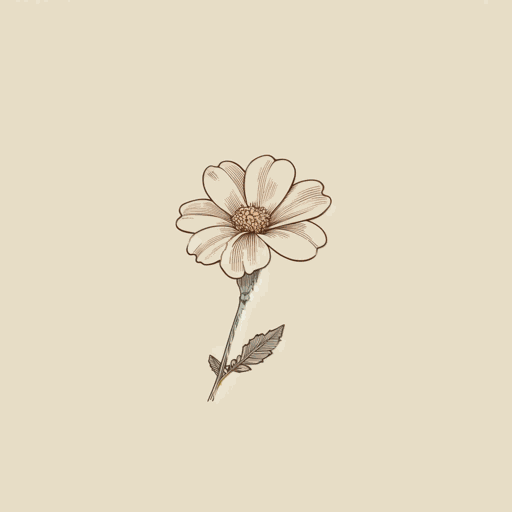99 pages • 3 hours read
Toni MorrisonThe Bluest Eye
Fiction | Novel | Adult | Published in 1970A modern alternative to SparkNotes and CliffsNotes, SuperSummary offers high-quality Study Guides with detailed chapter summaries and analysis of major themes, characters, and more. For select classroom titles, we also provide Teaching Guides with discussion and quiz questions to prompt student engagement.
Symbols & Motifs
Blue Eyes
Blue eyes are introduced in the novel when Claudia describes her puzzlement over why the adults in her life and other African-American girls saw blue eyes as highly prized features to be celebrated and loved when found on the faces of dolls or white girls.
Blue eyes appear again when Pecola attempts to transform her dark eyes to blue ones so that her parents will stop behaving violently in front of her; Pecola's consumption of Mary Jane candies, marked with an image of a blue-eyed, blonde-haired white girl, is one of the small moments of pleasure granted to her in the novel.
By the end of the novel, Pecola has, with the complicity of Soaphead Church, transformed her dark eyes into blue ones in an act of self-delusion that tips her over into insanity. Blue eyes in the novel are associated with Eurocentric beauty standards, internalized racism that victimizes African Americans, and childhood innocence.
Seeing and Invisibility
Seeing and invisibility in the novel serve to underscore African-American girls and women's struggles with racism and sexism. Pecola's invisibility to Mr. Yacobowski, the storeowner from whom she buys candy, is the result of her perceived unattractiveness and his inability to see Pecola as fully human because she is African American.
Related Titles
By Toni Morrison
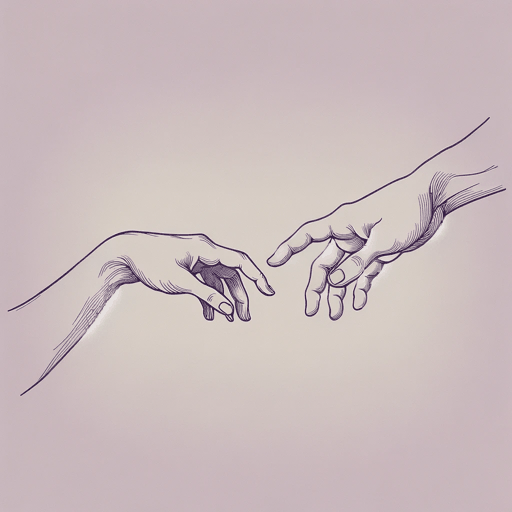
A Mercy
Toni Morrison
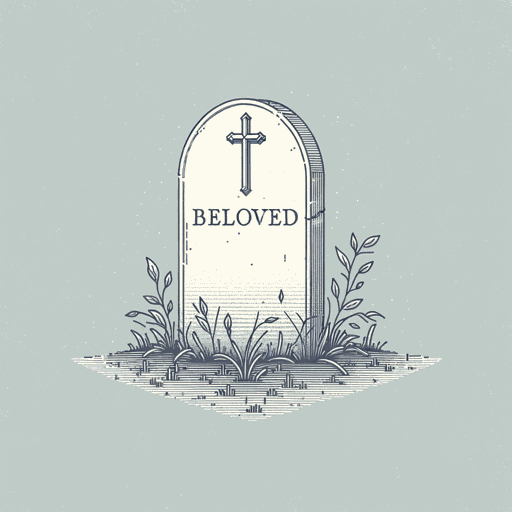
Beloved
Toni Morrison
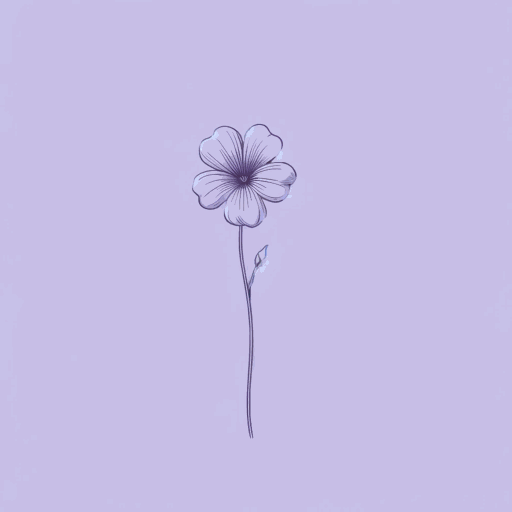
God Help The Child
Toni Morrison

Home
Toni Morrison
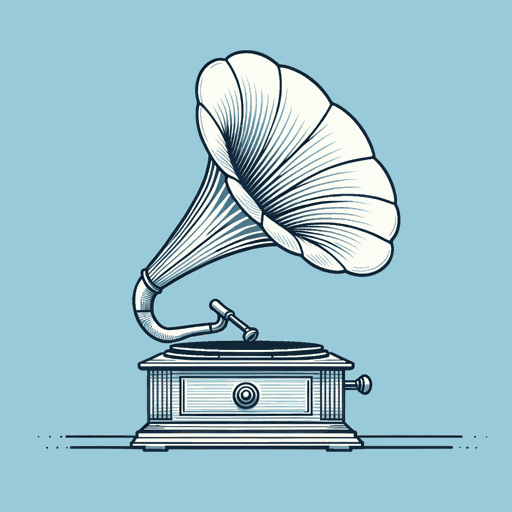
Jazz
Toni Morrison
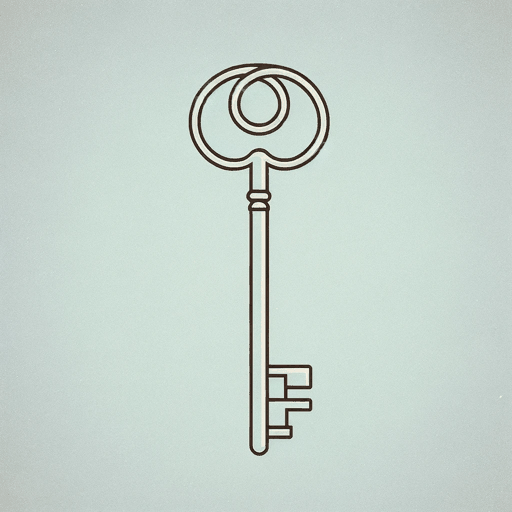
Love: A Novel
Toni Morrison
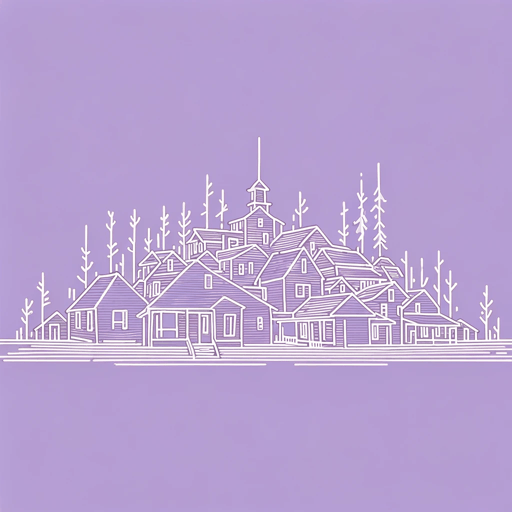
Paradise
Toni Morrison
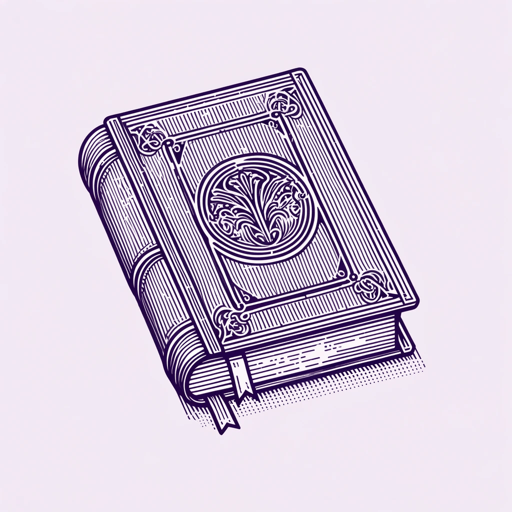
Playing in the Dark: Whiteness and the Literary Imagination
Toni Morrison
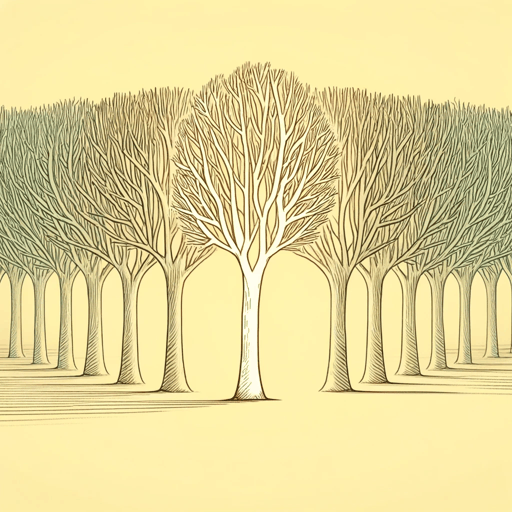
Recitatif
Toni Morrison
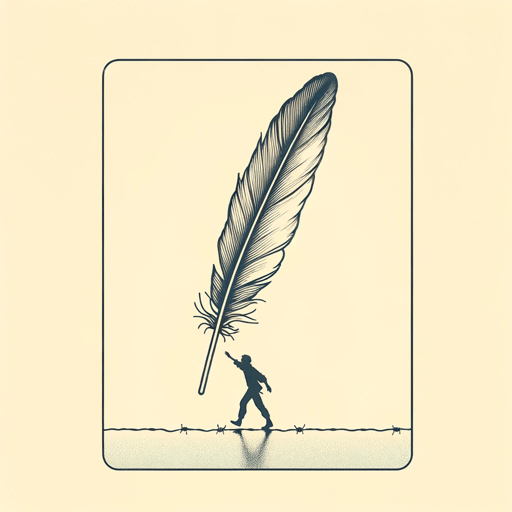
Song of Solomon
Toni Morrison
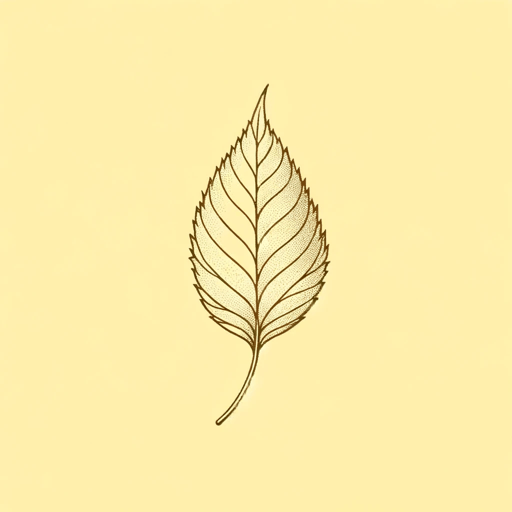
Sula
Toni Morrison
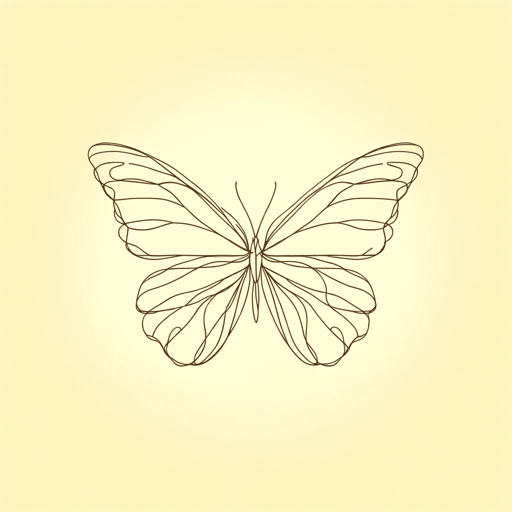
Sweetness
Toni Morrison
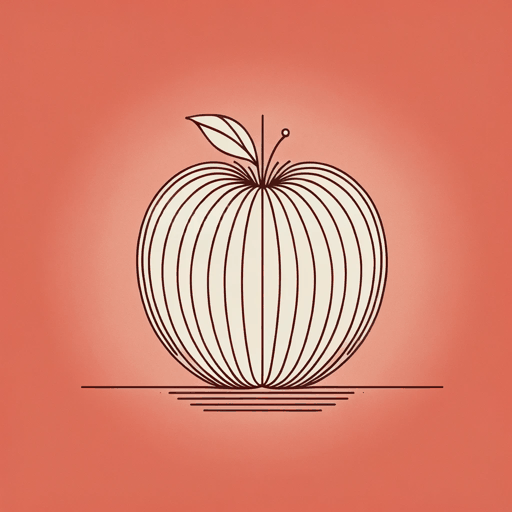
Tar Baby
Toni Morrison
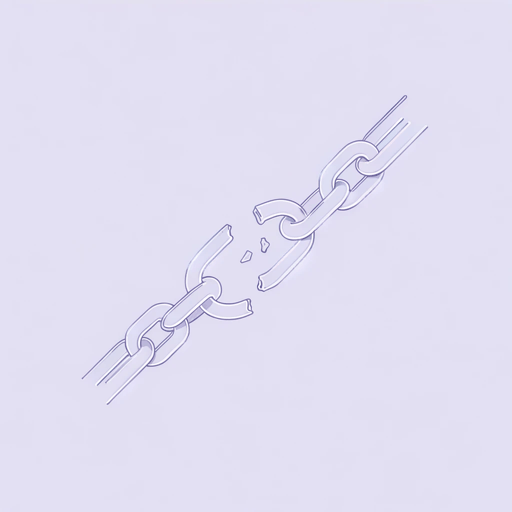
The Origin of Others
Toni Morrison
